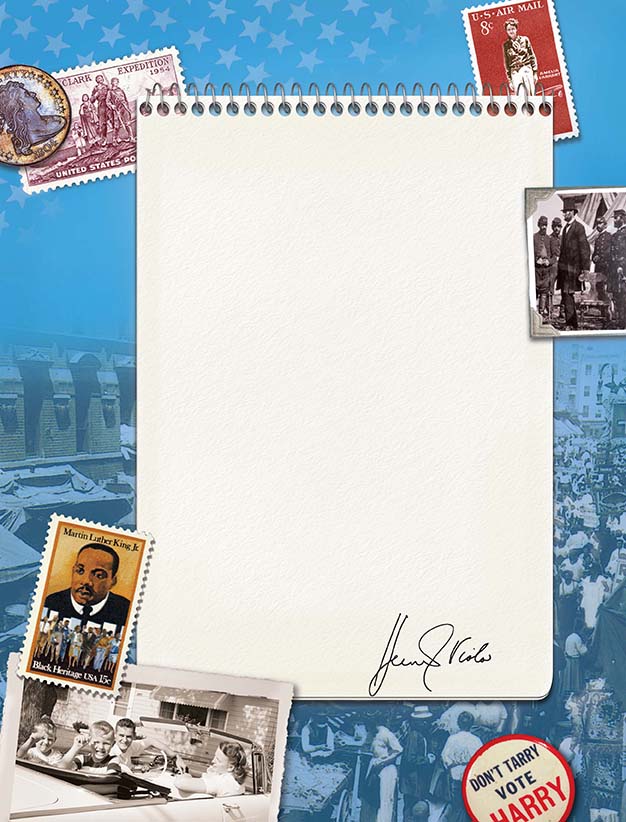Reflections: An Age of Reform
During the three decades following the War of 1812, a wellspring of social reform emerged in the United States. Groups formed to protect animals, to establish orphanages, and to help the mentally ill. People spoke out against the evils of dueling, alcohol, and slavery. Humanitarians also sought to bring Native Americans into the mainstream of American society, but the most vigorous reform effort was the abolitionist movement.
What is sometimes overlooked in the history of the abolitionist movement is the important role women played in it. Indeed, female abolitionists formed the first independent feminist movement in the United States, using the antislavery crusade as a springboard for women’s suffrage and their own crusade for equality.
Even though women lacked the vote, they made their voices heard. Criticized by some people for giving up charitable works, they went door-to-door seeking signatures on petitions to be sent to legislators. For years, they relentlessly bombarded Congress with their views.
One of the most effective feminist crusaders in this era was Sojourner Truth, a former slave herself. At once a feminist and evangelist as well as an abolitionist, she was absolutely fearless on the lecture circuit. This unschooled African American woman, the mother of a dozen children, had a magnetic personality that charmed her listeners. As she once remarked, “I cannot read a book, but I can read people.” Her trust in God as well as her ready wit helped protect her from hecklers and their insults. “Old woman,” shouted one heckler, “I don’t care any more for your talk than I do for the bite of a flea.”
“Maybe not,” she retorted with a laugh, “but Lord willing, I’ll keep you scratching.”
Sojourner Truth, who died in 1883, did not live long enough to get the right to vote, but she did have the satisfaction of witnessing the end of slavery in America. Many other women abolitionists, who had honed their skills in the fight against slavery, now focused their efforts on gaining a greater say in government.





